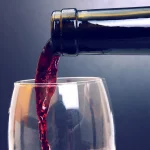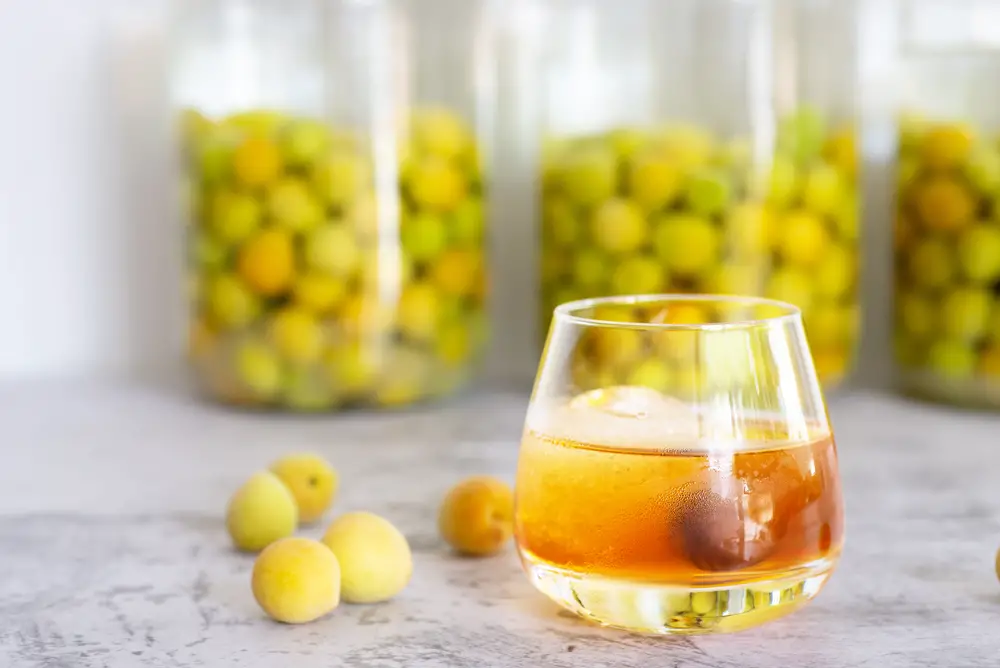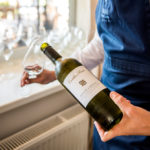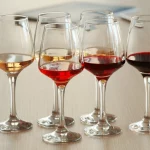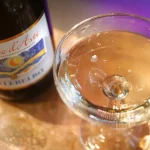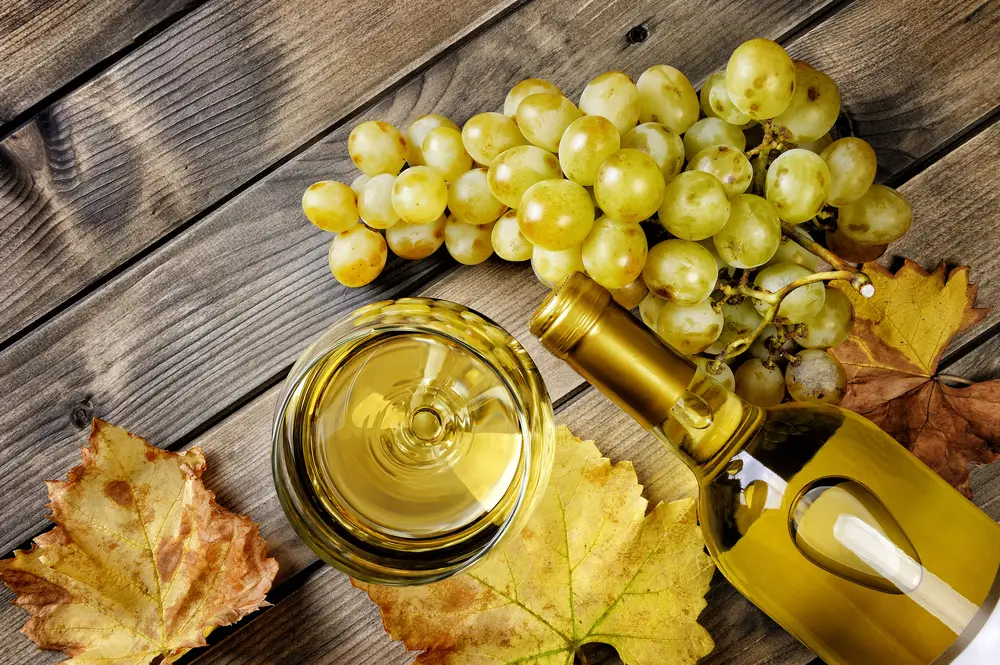There are few things in life that are as enjoyable as a glass of wine at the end of a long hard day.
It’s one of life’s little pleasures and as Bacchus saw fit to bless his followers and those of us who drink readily from the vine, with an infinite variety of wine to choose from, it would take a dozen lifetimes to sample and savor all his gifts.
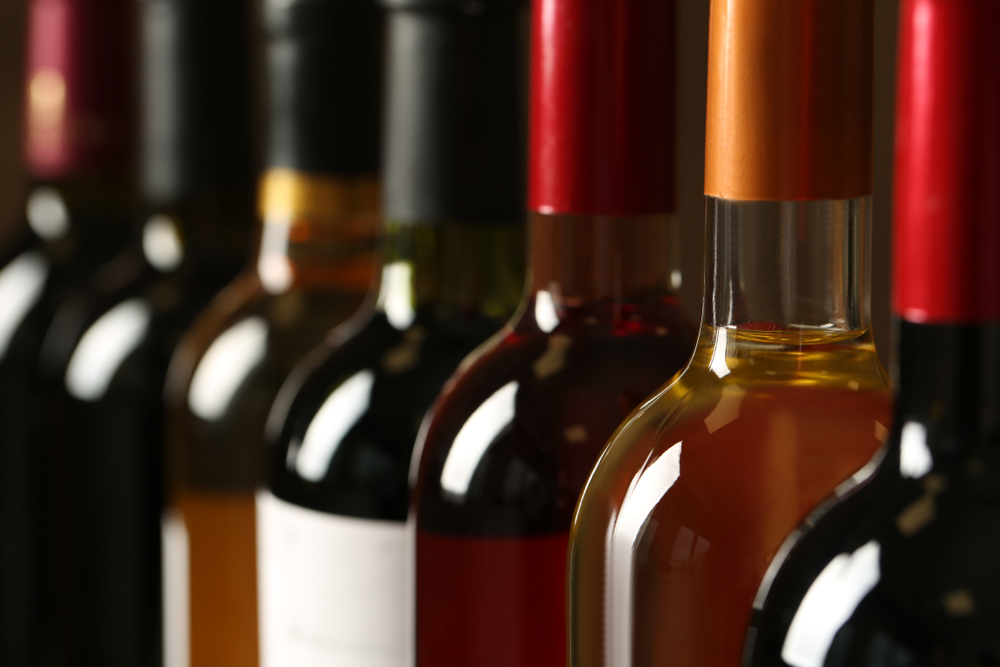
In other words, there are more wines than any of us could ever hope to taste in our all too brief time on Earth, let alone enjoy a bottle or two of.
The infinite flavors extracted from the humble grape have spoiled us for choice, and whether you’re a lover of the sweetest white, the deepest most luxuriant red, or are happy to dwell in either camp, the chances are you’ll have tried, and probably fallen in love with more than your fair share of different wine.
And, like every wine connoisseur, you have almost certainly on at least one occasion, over-indulged in your favorite tipple and felt the mind-numbing consequences the following morning.
Despite the fact that they know that no two wines are the same and that their rich, complex flavors are derived from their individual terroir, their country, and region of origin, the variety of grapes used to create them and the length of time that they’re left to mature for, a lot of wine lovers still don’t realize that the way it tastes isn’t the only thing that separates and differentiates wines.
The ABV (or alcohol by volume) of wine can also differ, and the reason why more than a few of us have woken up the morning after with a thick head and a longing for the greasiest, fried food we can lay our hands-on, is because we didn’t read the label on the bottle that we finished the night before.
If we had, we might have slowed the wine train down and paid Dionysus a little more respect.
The Juice Of The Grape And Its Alcohol Content
The alcohol content of wine or its ABV (which is presented as a percentage on the label of the bottle) is largely dependent on three separate factors:
The Grape: The variety of grape used to make wine is usually the main determining factor in the alcohol content of wine. The sweeter the grape is, the higher the eventual alcohol content will be.
Why? Because sugar, along with yeast, is what transforms the humble juice of a grape from the sweet, pleasant, and refreshing drink that children enjoy on a warm Summer afternoon into the alcohol-laden beverage that their parents prefer.
And the more sugar or the sweeter a grape is, the higher the alcohol content of the wine made from it will eventually be.
Climate – Where a wine is made, can also have a surprising effect, and impact on strength of wine, mainly because warmer climates tend to produce sweeter grapes, which is why a wine that was made from vines cultivated on the East Coast or one of the more moderate temperate countries in Europe such as Germany, has a lower alcohol content than those made from vines grown on the West Coast or in warmer European countries like Spain and Portugal.
Maturity – Older wines, or those that are left to mature for longer before being bottled, also tend to have a higher alcohol content than wines that are bottled as soon as they’re ready.
The longer wine is left before being bottled, the more opportunity that the sugar and yeast in it have to ferment, and the more time they have to ferment, the higher the eventual alcohol content will be.
The individual combination of those three factors determines the eventual ABV of a wine, which is why you should always read the label before opening a bottle and pouring your first glass.
Treading The Middle Ground
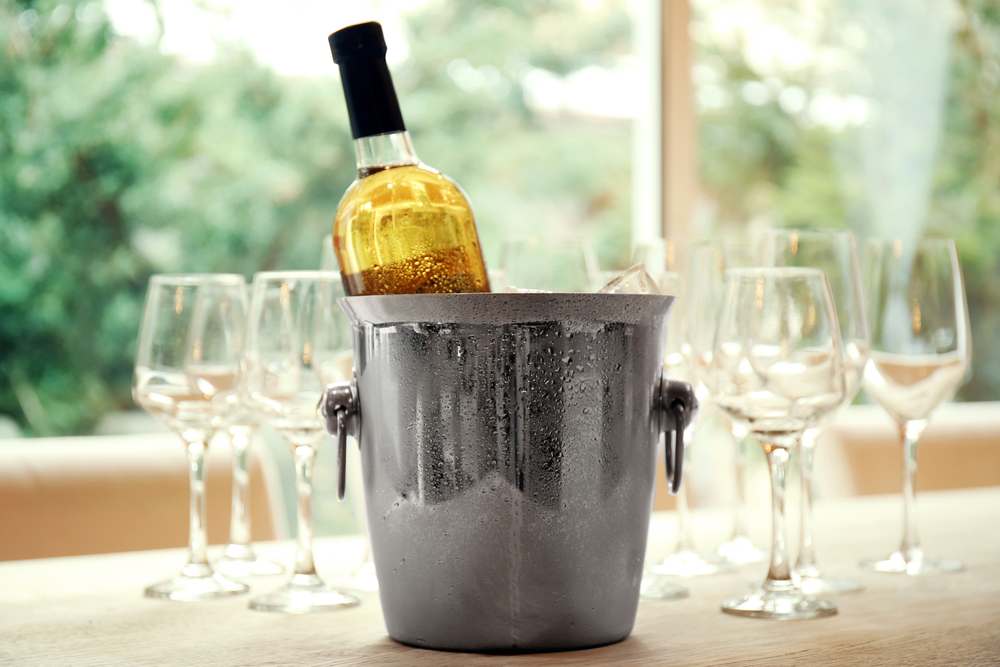
A comfortable, easy-to-drink wine should have an ABV between ten and twelve percent, but those numbers are seen as being on the lower end of the spectrum by most wine drinkers, who prefer to tread the middle ground and savor slightly stronger wines.
These usually hover between thirteen and a half to fourteen and a half percent and tend to be made from sweeter grapes from warmer climates.
It goes without saying that if you are going to spend some time with these middle ground wines, you should exercise a little caution, and keep a careful eye on how many glasses you have if you don’t want to feel the after-effects the next day.
Middle Ground Wines
Chardonnay (Californian, Australian & South American): The oak imbued, vanilla rich favorite of wine drinkers everywhere, Chardonnay is made from white and pale yellow grapes and is a pale, white wine.
Chardonnay is a deceptive wine as its alcohol content can vary greatly depending on where it was made.
Colder climate Chardonnay’s tend to be crisp and have an almost mineral aftertaste and lack the depth of fruit flavor that those produced in warmer climates, which add a faint hint of citrus and peach to the omnipresent vanilla flavor.
It’s the warmer climate Chardonnay’s that you need to be careful with, particularly those from California, as they can be anywhere between 13.5 and 14.5 percent.
Pinot Grigio (California): A gorgeous white wine with a hint of pale yellow, Pinot Grigio is the lighter cousin of Pinot Noir and its immediate light melon taste is accompanied by a slight heat and hint of spice in the aftertaste.
Unusually for a higher ABV content wine, the Pinot grape is harvested early, as it tends to over-ripen quickly, which can saturate the wine in an overabundance of sweet, fruit flavor.
And, as we’ve already said, the longer the grape is left, the higher the ABV will be, which is why it’s picked early.
And now it’s time to move on to the red’s, with the already mentioned cousin of Pinot Grigio, Pinot Noir. An unpredictable grape that has to be harvested at the right time, as it’s susceptible to disease Pinot Noir isn’t a grape for the faint-hearted vintner.The wine it produces is as complex as the grape is, and its rich raspberry flavor is usually imbued with a hint of cherries, both of which become more preserved as the wine is aged.
And as it ages and increases in flavor, its ABV increases so don’t take it for granted and always check the label before sitting down and pouring yourself a glass of Pinot Noir, as it can often be deceptively strong.
Barolo: The sweet rose and tobacco scented secret of Italy, has a vintners code of its own that any prospective winery needs to adhere to. Produced only in Piedmont and made from Nebbiolo grapes, Barolo is a complicated wine that clings to a fourteen and a half percent ABV and refuses to let go.
Before it’s bottled, Barolo needs to be aged for at least thirty-eight months, and eighteen of those need to be spent in an oak barrel.
And while Barolo is a wonderful wine and has a flavor that everyone should submerge themselves in at least once, in order to fully experience the labyrinthine complexity of the wine, you’ll need to sample Barolo Riserva, which has been stored for at least five years.
Punching Above Their Weight
If a wine crosses the magical fourteen and a half percent threshold, with the rare exception of one of the wines that we’re going to talk about in a minute, it usually means that they’ve been fortified.
Fortified wine is one that’s had its alcohol content artificially increased by a vintner who has added distilled grape brandy to the wine while it’s stored, and continuing to ferment, in oak barrels.
Port, a fortified red wine from the Douro Valley in Portugal is a classic example of a wine that’s been fortified by adding brandy, but as it’s a rich and delicate drink in its own right, we’ll leave it for another day and focus on two of our favorite, stronger wines instead.
Zinfandel (California): The darling of the California wine industry, Zinfandel, or Zin as it is more commonly known, was a largely forgotten and woefully ignored grape until it went through a resurgence in popularity during the nineteen seventies.
The wine that this grape makes is a multi-layered, rich deep red that’s submerged in a tsunami of flavor.
Complicated doesn’t even begin to cover the average Zin, which combines raspberries, smoky tobacco, and chocolate flavors with a faint heat that warms the back of your throat as it slowly trickles over your palette.
And, as the grape is sweet and delicate and thrives in the California sun, Zin usually has an ABV that teeters somewhere around fifteen percent.
Spanish Sherry: The sweet, aged wine that’s made from Palomino grapes and often fortified with a touch of brandy, it’s an acquired taste that you’ll have to gradually build up to over time and one that’s worth pursuing as it will reward you a hundred times over.
Spanish sherry is the wine-based gift that keeps on giving, and if you’re brave enough to spend an evening in the company with a wine that defies all expectations by embracing an ABV of between sixteen and a half and nineteen percent, it’ll change your life forever.
Parting Is Such Sweet Sorrow
And that concludes our brief tour of six of the strongest, most flavorsome wines that any devotee of the grape can sample and enjoy with abandon.
Just remember, that a little bit of what you fancy is always welcome, but too much can lead you down the path to ruination. In other words, don’t drink too deeply from any of their cups, or you’ll end up paying for it the next day.
- Shrimp Cocktail (and More) Wine Pairing Guide - 09/06/2022
- What Wine Serving Sizes Look Like: Standard Size and More - 08/06/2022
- How Much Sugar is in Wine: Glass and Bottle Sugar Content - 08/06/2022

